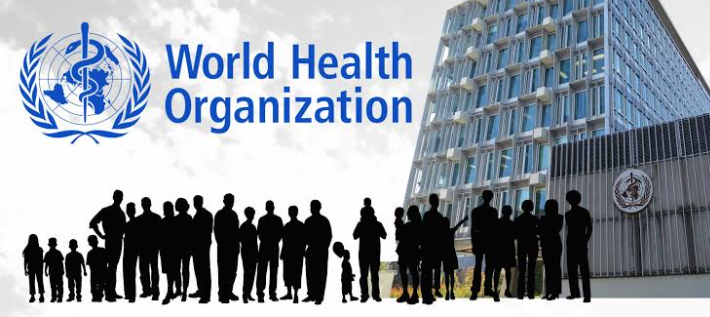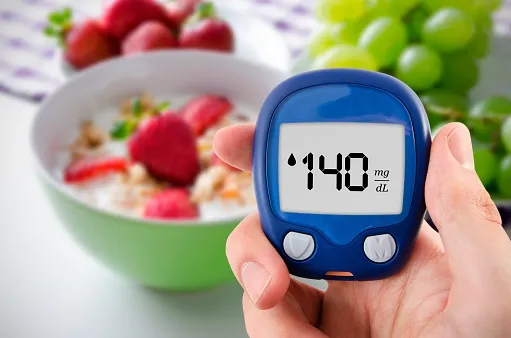Route of Drug Administration: Complete Overview
For drugs to exert a therapeutic function on the body, they must first be introduced into the body. The method of administration is referred to as the route of administration of the drug. Pharmacologically, this is the path through which a drug is introduced into the body to achieve a desired therapeutic effect – treatment, diagnosis, cure, or prevention of various diseases and certain disorders.
A drug must come in contact with its target tissue often referred to as a binding site in other for it to elicit its therapeutic effect and for this to happen, the drug must be administered appropriately.
The route of administration of any drug generally affects its therapeutic outcome as it affects its bioavailability, the onset of action, duration of action, and therapeutic effects.
Factors That Influence The Choice of Route of Administration
Certain factors affect or influence the choice of route of administration. These factors are broadly classified into Patients factors and drug-related factors and they include:
- State of The Patient: this is the patient’s condition, conscious or uncooperative, vomiting unable to swallow hypersensitive, etc.
- Patient’s Convenience: Adherence and compliance to a drug regimen is only achieved when it’s convenient for the patient.
- The onset of Action: how fast do we want the drug to work and for how long we want it to work.
- Nature of The Drug: drugs characteristics determine the suitable route of administration eg. Unplayable drugs are often not taken orally unless formulated in dosages forms that conceal this unpalatability.
- Patient Compliance: a drug It’s to administer to a patient, compliance determines the choice of route of drug administration.
- Age: Body metabolism changes with age, and hydrophobic/hydrophilic drug tolerance changes with age. The route of administration of the said drug is determined by Age of the patient.
- Enzyme activity profile of the drug: this considers the effect of digestive enzymes on the drug. Is the drug-susceptible to digestive enzymes if yes, the oral route is not an appropriate route? For example, insulin is inactivated by digestive enzymes thus, shouldn’t be given orally.
Read Also: SIX CLASSES OF FOOD: FUNCTIONS, SOURCES, AND EXAMPLES
Classification of Routes of Drug Administration
The different routes of administration as classified broadly into Local routes and Systemic routes of administration.
Local Route of Administration:
This is the simplest route of administration and it involves direct drug application to the site of action where the effect of the drug is required. Drugs applied via the local route do not enter the systemic circulation.
Systemic Route of Administration:
This route introduces the drug directly into the systemic circulation.
The systemic route of administration is further classified not two :
Enteral route of administration
Parenteral Routes
Enteral route of Administration:
This route involves the administration of drugs via the gastrointestinal tract (GIT) this includes
– Oral
– Sublingual
– Rectal
Parenteral Routes of Drug Administration:
Driver from two words (para -meaning Beyond & Enteral meaning -Intestinal. This means This route of administration does not involve the gastrointestinal tract (GIT).
The administration takes the drugs directly into the systemic circulation bypassing first-pass metabolism and actions of digestive enzymes. This route includes injections ( intravenous, intramuscular, subcutaneous, intrathecal, etc) inhalations, and transdermal routes.
Different Routes of Drug Administration:
- Topical
- Oral
- Rectal
- Sublingual
- Cutaneous
- Inhalation
- Nasal
- Parenteral
TOPICAL
This route is mainly used when localized action is desired and involves the external application of the drug to the surface. This route is convenient and reassuring to the patients.
Here drugs are said to be applied topically to the skin or mucous membrane of the eyes, ear, mouth, nose m, virginal, etc. Drugs for topical application are formulated into creams, ointments, drops, and liniments.
RECTAL
Certain drugs are administered via the rectal route mostly irritant and unplayable drugs are administered rectally. This route is used mostly when the condition of the patient does not support another route of administration such as orally or parenterally.
Such conditions include vomiting, Status epilepticus, unable to swallow, etc. The rectal mucosa is well capable of absorbing soluble drugs. Examples of drugs administered rectally are paracetamol, indomethacin, Diazepam, ergotamine, etc.
ORAL
This is the oldest and commonest route of drug administration. The oral route involves placing the drug in the mouth and swallowing with fluid. It is safer and more convenient. It does not require the help of a specialist, it promotes adherence and compliance, is noninvasive, often painless, and economical.
Drugs from oral administration come in solid (Tablets, powders, capsules, spansules, etc) and liquid ( syrup, mixtures, suspension) dosage forms.
SUBLINGUAL/ BUCCAL
Small Tablets or pellets containing the drugs are placed under the tongue (Sublingual route) or placed in between the gums and inner lining of the cheek (Buccal route ) and allowed to dissolve and absorb. This route bypasses the first-pass metabolism and is suitable for drugs that are inactivated by digestive enzymes.
CUTANEOUS/TRANSDERMAL
This involves the administration of drugs (highly lipid-soluble) over the skin. The drug can be incorporated into an ointment and is then applied to the desired area of the skin or the drug is formulated into devices in the form of adhesive patches for slow and prolonged absorption.
These patches are often referred to as Transdermal therapeutic systems (TTS) and are often used when a steady release of drugs into the system is required for a long period of time.
Examples of drugs formulated into transdermal patches are Nitroglycerin, Nicotine, fentanyl, estradiol, etc.
INHALATION
The inhalation route of drug administration is common and it’s the preferred route for volatile and gaseous drugs for both Local and systemic effects. Absorption of the administered drugs takes place in the alveoli.
An example of drugs administrated via inhalation is salmeterol for direct treatment of asthma attacks. Other drugs include a Nitrous oxide, ether, etc
NASAL
The mucous membrane of the nose is capable of absorbing many drugs and as such a suitable route of administration for certain drugs such as calcitonin, and desmopressin applied as sprays or nebulized solutions. This route is also bypassed digestive enzymes, liver metabolism, and the blood-brain barrier.
PARENTERAL
Conventionally, Parenteral routes refer to all administration by injections. This route administers drugs directly into the blood circulation without having to pass through the GIT. Degradation by Digestive enzymes and other limitations of oral administration are circumvented.
Drugs applied via this route are said to have higher bioavailability and drug action is faster and surer, though invasive using syringes and needles gastric irritation is not provoked.
It’s the route of administration employed in unconscious, uncooperative, or vomiting patients. However, this route is costlier and preparation has to be sterilized. The technique being invasive is therefore painful, requires the assistance of trained personnel and it’s riskier than oral administration.
Important parenteral routes are :
Subcutaneous (SC)
Intramuscular (IM)
Intravenous (IV)
Intradermal
Other Parenteral routes are:
Intra-arterial (IA)
Intrathecal (IT)
Intraperitoneal (IP)
Intravitreal etc.
Read Also: FULL LIST OF UNIVERSITIES OFFERING PHARMACY IN NIGERIA
REFERENCES :
– KD Tripathi (2018). Essentials of medical pharmacology (pp.9-14). India: Jaypee Brothers Medical Publishers Limited.






